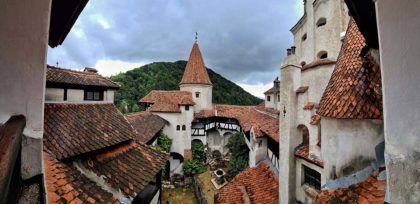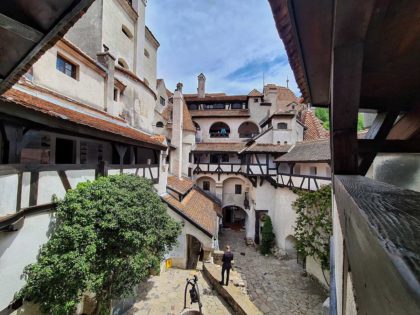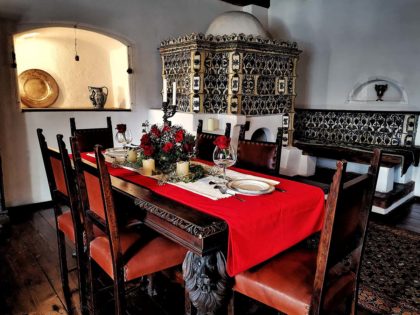
Surroundings | Dracula Adventure
Dracula Adventure
A few steps from Brasov – Dracula and Bran Castle
Romanian folklore has inspired many tales and fairy tales with fabulous characters and imaginary worlds, full of meanings and teachings. The imagination of the people and the events that took place both in the villages and in the country’s leadership gave birth to stories that combine the real and the fantastic and in which good always comes out the winner. Wizards, sons of emperors, beautiful girls, simple folk, Ilene Cosânzene, witches, seven-headed villains, etc.
The vampire count of Transylvania, Dracula is one of the most famous fictional characters, known to the public mainly thanks to the films adapted from the novel Dracula written by Bram Stoker.
Some stories contain more historical truth than others and have been told so often that they have become true legends of the Roman people. They evoke real facts, but over time they have been distorted or confused with other events, so the listener must unravel mysteries and unravel the tangled threads of events.
So it is with the legend of Dracula, who has acquired a mystical aura thanks to the many writings and films that portray him as a ruthless, bloodthirsty vampire. In fact, the story of Count Vlad is quite different from what Bram Stocker describes in his novel “Dracula”. So, here is the story of the life of the Emperor Vlad, one of the greatest rulers of the Roman Lands.
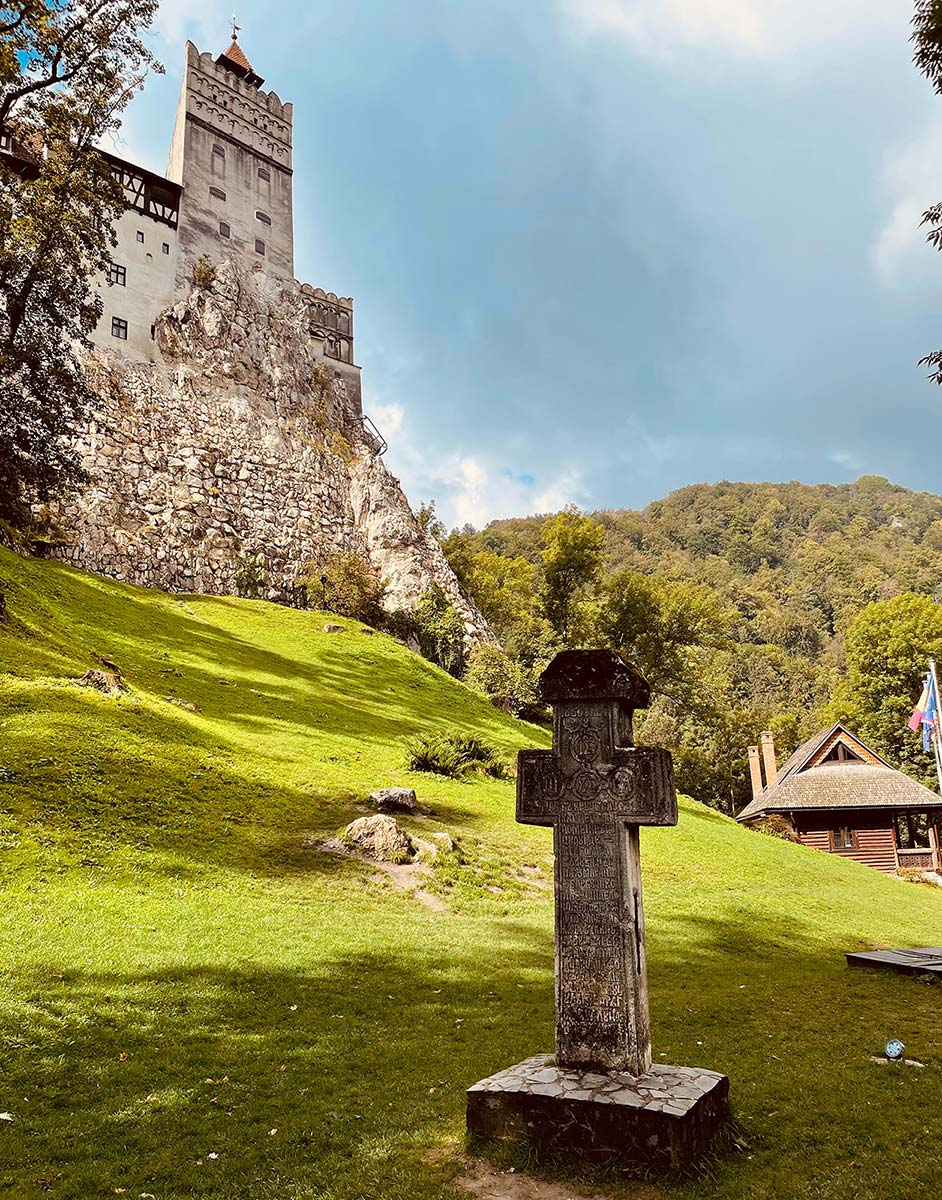
Lord Tepes
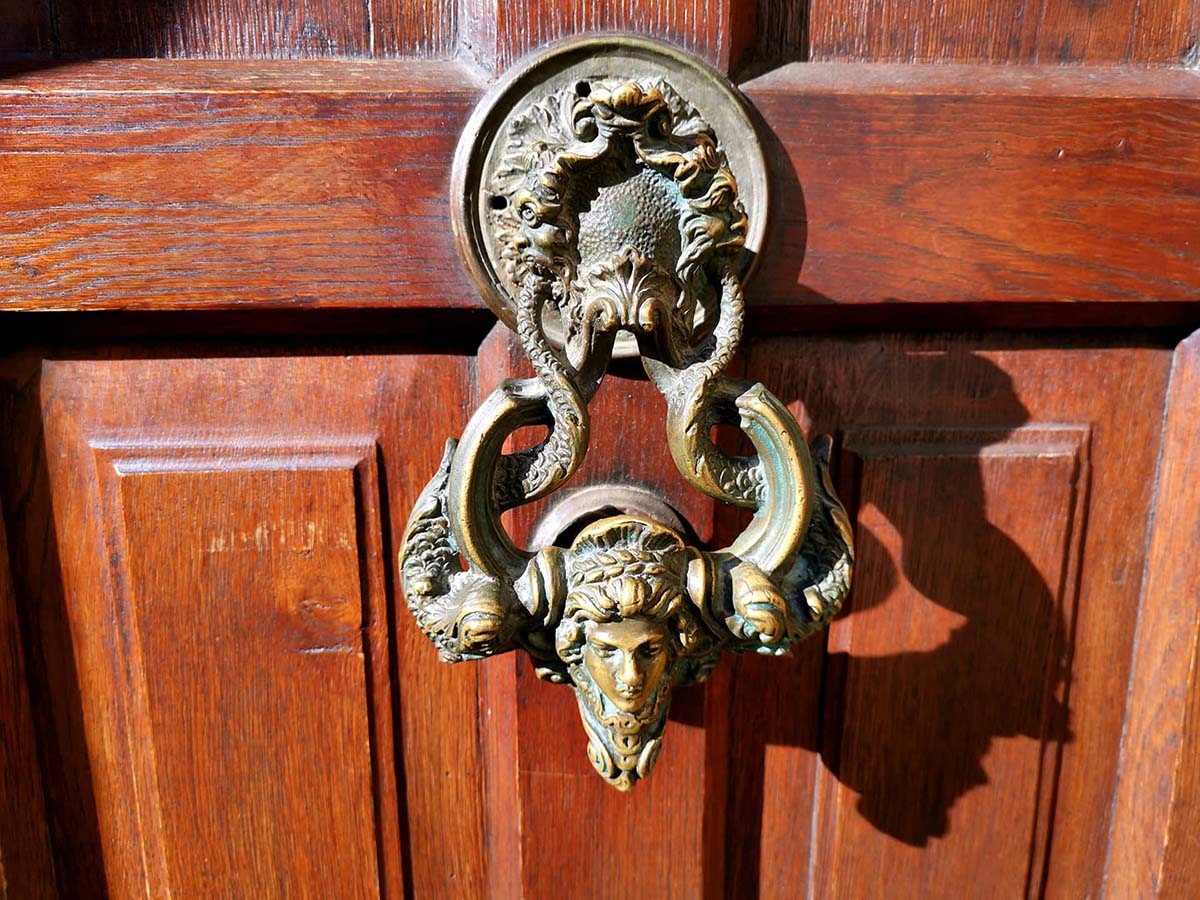
Vlad Tepes is known as ‘Dracula’ but not many people are familiar with the history of this reputation, especially the origin of his name. His father was named “Knight of the Order of the Dragon” by Sigismund of Luxembourg because he was in his good graces; the title was, of course, a very prestigious one, as this group of European nobles aimed to protect the Christian religion from the Ottoman Empire. Since tradition says that membership of the order is inherited from father to son, Vlad Tepes was given the name ,,Vlad Dracul” or ,,Dracula”: the Latin ”draco” actually means ”dragon” but in Romanian it is close to the word ”drac”. This name means on the one hand “dragon bearer” but also “son of the devil”.
The betrayal that was to be perpetrated by his brother was later preceded by an event that was to mark his existence. At the age of 11, Vlad Tepes and his brother Radu were taken to the court of the Sultan of the Ottoman Empire as a guarantee for the time their father would remain on the throne. But between the two brothers there was a change of attitude: the future ruler began to dislike the Ottoman Empire while his brother became closer to the Sultan.
Vlad becomes ruler of the Romanian Country, a region south of the Carpathians, after the death of his father. This status did not come without difficulties as he had to fight numerous battles with his rivals, but after 8 years he managed to obtain the throne of Targoviste. The ruler is known as a good strategist, so he had a plan in place before launching an attack on the Sultan: he prepared militarily and restored economically, but not before getting rid of the boyars he suspected of not wanting him alive. This is where the legend of his name began; Vlad Tepes had a very harsh and one might even say barbaric method of punishment, as anyone who wronged him was caught. The details are not easy to digest but for those who are curious here is a clarification.
This method of punishment is what made people terrified of Vlad Tepes and not to step on his tail. The pulling of the rope did not guarantee immediate death but subjected the sinners to unbearable physical pain as the rope was very long and sharp at the end, made to pierce through the belly or back and pass slowly through the mouth or throat. The hoe was then placed in the ground to hang the limbs and heads of those who betrayed the ruler.
In time, Vlad Tepes managed to strengthen the cities and the army, to bring new weapons, to get rid of enemy landlords, beggars and thieves. He ordered the Saxon merchants to stop trading in the country because it deprived the local Romanian merchants of a large part of their earnings and it is said that whoever did not respect this command was dragged into the trap. It seems that whoever stood in their way suffered, just as the people of Brasov and Sibiu were condemned for supporting someone else to the throne. However, as mentioned above, the past would catch up with him: his brother Radu betrayed him and the lord of the Romanian Country was imprisoned for 12 years by the King of Hungary, Matthias Corvinus.
After succeeding in regaining the throne, he died shortly afterwards in the midst of a Turkish invasion (1476). Legends say he was either shot down by enemies in battle, assassinated by Wallachian boyars or simply mistaken by his ostensians for a Turkish commander. The ruler’s head was sent to Constantinople to guarantee his death and his body, buried at Snagov Monastery, was never found.


